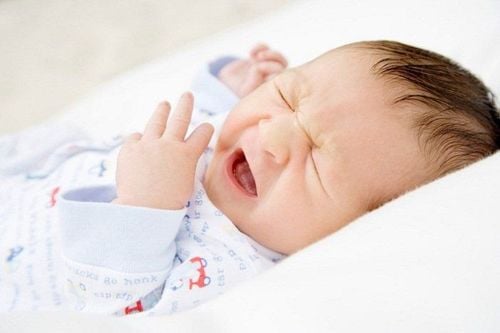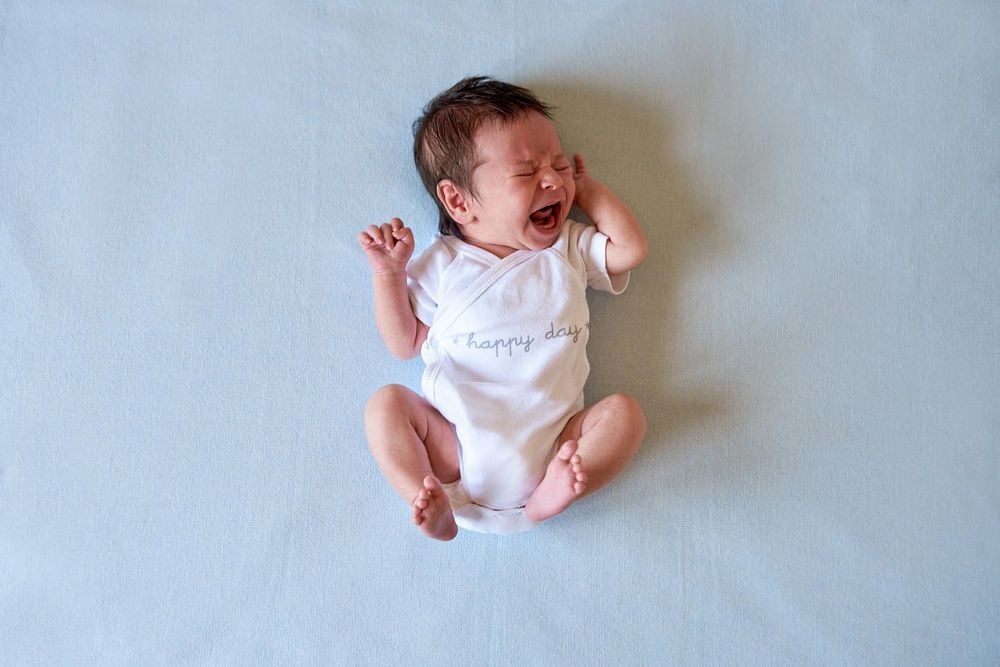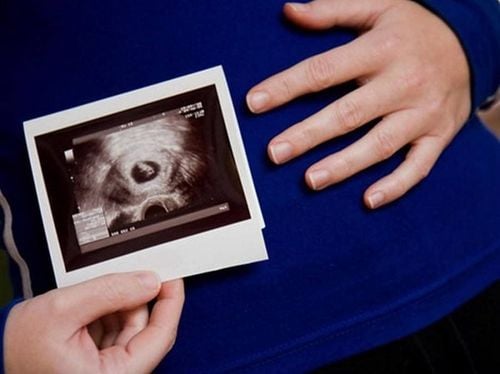This is an automatically translated article.
The article was consulted with doctor Department of Pediatrics - Neonatology, Vinmec Hai Phong International General Hospital.
Fever is not a disease, it is just a symptom. A fever usually signals that your body is fighting an illness and that the immune system is working. If your baby has a fever, it means he may have a cold or another viral infection.
1. Causes of fever in babies
Although less common in infants, conditions such as pneumonia, urinary tract infections, ear infections, or more serious infections such as bacteremia or meningitis can also cause a fever.
Some causes of fever in infants such as: Reactions to vaccinations; Fever from wearing clothes that are too warm or spending too much time outside in high weather; Having diseases...
Trắc nghiệm: các chỉ số cần chú ý về sự phát triển thể chất của trẻ
Chiều cao, cân nặng của bé ở từng giai đoạn nên là bao nhiêu là bình thường, bao nhiêu là bất thường? Cùng ThS.BS Ma Văn Thấm điểm lại xem bạn đã nắm được các chỉ số phát triển thể chất của bé chưa nhé!The following content is prepared under supervision of Thạc sĩ, Bác sĩ y khoa, Ma Văn Thấm , Nhi , Phòng khám Đa khoa Quốc tế Vinmec Dương Đông(Phú Quốc)
2. Signs of fever in babies
Some common signs of a fever in babies are a warm forehead, although just because a baby's forehead isn't warm doesn't mean he doesn't have a fever. Children will become more difficult, irritable and fussy more than usual.

Other symptoms associated with infants with fever such as:
Poor sleep Poor suckling Inactivity Convulsions For babies, the time of day also has an impact on the baby's body temperature: body temperature Children tend to be higher in the afternoon and lower in the early morning.
3. How to measure the child's temperature?
You can take your baby's temperature in a few different ways, such as rectally, through your mouth, ears, under your arms (armpits), or at your temples. The American Academy of Pediatrics (AAP) recommends the use of digital thermometers in children. Mercury thermometers should not be used by young children because they are at risk of mercury exposure and poisoning if the thermometer breaks.
Rectal thermometer is often chosen to measure the temperature of babies because it is a safe method for babies with high accuracy. It is common for infants not to be able to hold a thermometer by mouth, and body temperature readings through ear, temple, or armpit thermometers are often inaccurate.
To take a rectal temperature, you must first make sure the thermometer is clean. Wash with soap or wipe with alcohol. Place your baby on your belly and legs bent toward your chest. Hold the digital thermometer in place for about two minutes until you hear a beep. You then gently remove the thermometer and read your body temperature.
Normal temperature in newborns can range from 36.1 degrees Celsius to 100.3 degrees Celsius. Most doctors consider a rectal temperature of 38.0 degrees Celsius or higher as a fever.
It can be difficult for doctors to tell if an infant with a fever is having a simple viral infection like a cold or something more serious like a UTI, pneumonia or meningitis. This is why the doctor will order special tests such as blood tests, urine tests or X-rays of the chest and spinal cord to determine the exact cause of the fever in an infant.
4. What should I do when my child has a fever?

If a child under 1 month old has a fever, you should immediately take your child to a medical facility for support and treatment.
Vinmec International General Hospital examines and treats respiratory diseases, head and neck tumors, congenital malformations of the ear, nose and throat area with the most optimal internal-surgical methods for patients, both children and adults. Modern equipment system, sterile space, minimizing the impact as well as the risk of disease spread.
Reference source: Webmd.com














